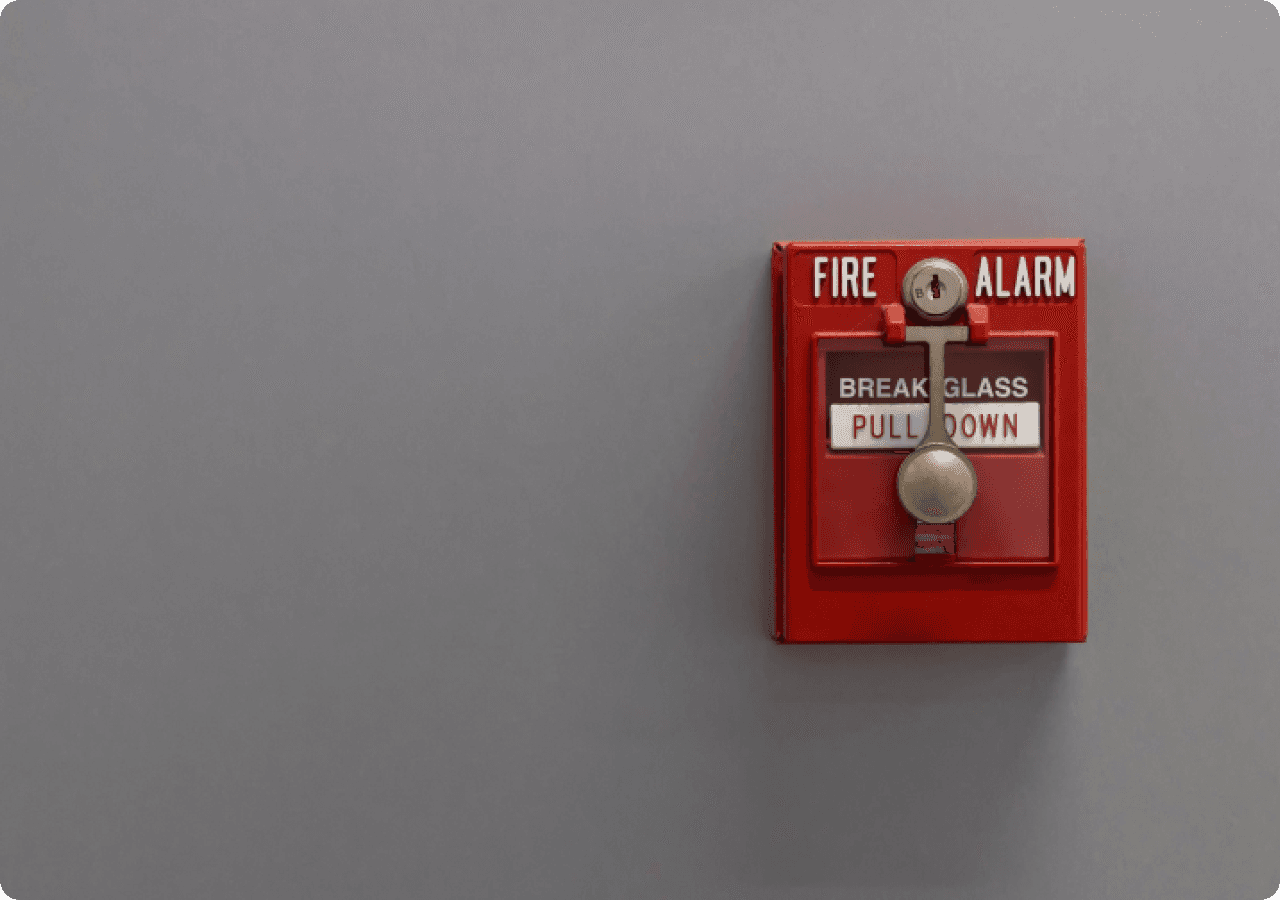Mike Lee
Updated: Jul 20, 2023
The Layer Guide to Property Inspections: How to Streamline Inspections with Layer
This guide will walk you through what a property inspection is, how they are typically conducted, and share insights on how property inspections are used!
Learn more about the property inspection process
First, what is a property inspection?
A property inspection is a systematic and documented evaluation of a property's condition. An inspector examines aspects of a property to ensure safety, functionality, or compliance with codes, regulations, or contractual requirements. The inspection typically covers structural elements, such as the foundation and framing, as well as systems like plumbing, electrical, heating, and cooling.

The inspector also examines the condition of the roof, walls, windows, and doors, and may evaluate additional features like insulation, ventilation, and document the presence of hazardous materials like asbestos or lead paint.
Property inspections are requested for various reasons
Some of these reasons are regulator or compliance oriented in nature. It's common for a local municipality to city inspection for rental properties.
Pre-Purchase Information for Potential Buyers
Real estate agents will often suggest a pre-purchase evaluation of a property. You may be familiar with the concept of a property inspections from a professional home inspection. This step provides potential buyers with an understanding of the property's condition, identifying any existing issues or potential risks.
The information from the inspection can be important in negotiations on price or sale terms. Findings and allowing buyers to make informed decisions and consider potential future costs related to property maintenance and repair.
Rental Inspections
Regular inspections allow landlords to ensure properties stay in top shape. This includes checking for any damages, wear and tear, to order needed repairs. By identifying these issues early, landlords can address them promptly, preventing minor problems from escalating into major, costly repairs.

Landlords are responsible for ensuring that their properties are safe and habitable. Regular inspections allow them to check the functionality of life safety features such as smoke detectors and ensure secure windows and doors, and the proper operation of heating and cooling systems.
Assessment for Insurance Purposes
Insurance companies often require property inspections. These inspections help in identifying risks or pre-existing damage which aids in risk assessment and setting insurance premiums. For property owners, these inspections are essential to ensure coverage is adequate and valid.
An insurance company may review the property inspection data after an event such as a storm or fire. Photographic evidence of the property in good condition is invaluable for approving a claim.

Compliance with Building and Safety Codes
Inspections are often mandated by local governments or regulatory bodies for various reasons, including new construction, renovations, or as a pre-tenancy condition, especially for commercial buildings.
The purpose of these regulatory compliance inspections is to ensure properties meet specific safety and building standards. These inspections are critical for maintaining safety, structural integrity, and reducing the risk of accidents or failures.
Unlike assessments or surveys, inspections focus on evaluating and documenting functionality rather than the condition of the property. As a result, a property inspection tends to be a shorter process.
The Building Inspection Process
Inspections may be scheduled or unscheduled. Regardless, the process typically begins the same way: creating a new inspection document or file. Traditionally, inspectors work from printed forms based on the standards they are inspecting against, later digitizing their notes.
Using a Property Inspection App vs. Pen & Paper
Traditionally, property inspectors used clipboards with pen and paper. While this approach works for landlords managing a few single-family homes, loan officers, insurance employees, or anyone inspecting multiple properties daily benefit more from using software tools to stay organized.
Today, inspectors have various digital tools to collect data, automatically organizing and storing the information. Using a property inspection tool that integrates with building data, such as Revit files or floor plans, can significantly improve efficiency.
Pen & Paper vs. Layer App:
Pen & Paper: Time-consuming, manual process requiring later digitization.
Layer App: Instantly stores, manages, and files notes, forms, and photos as you add information, automatically associating them with the space in a floor plan or Revit model. Easily share information via PDFs or shared links.
What Should You Include in a Property Inspection?
Here are some common items to include at a minimum:
Structural Components: Assess the integrity of the foundation, framing, roofing, and walls.
Mechanical Systems: Evaluate the condition and operation of HVAC systems, elevators, and escalators.
Plumbing and Electrical Systems: Ensure the functionality and safety of plumbing fixtures, water systems, electrical panels, wiring, and lighting.
Safety and Fire Protection: Check for compliance with fire safety standards, including fire alarms, sprinklers, and extinguishers.




